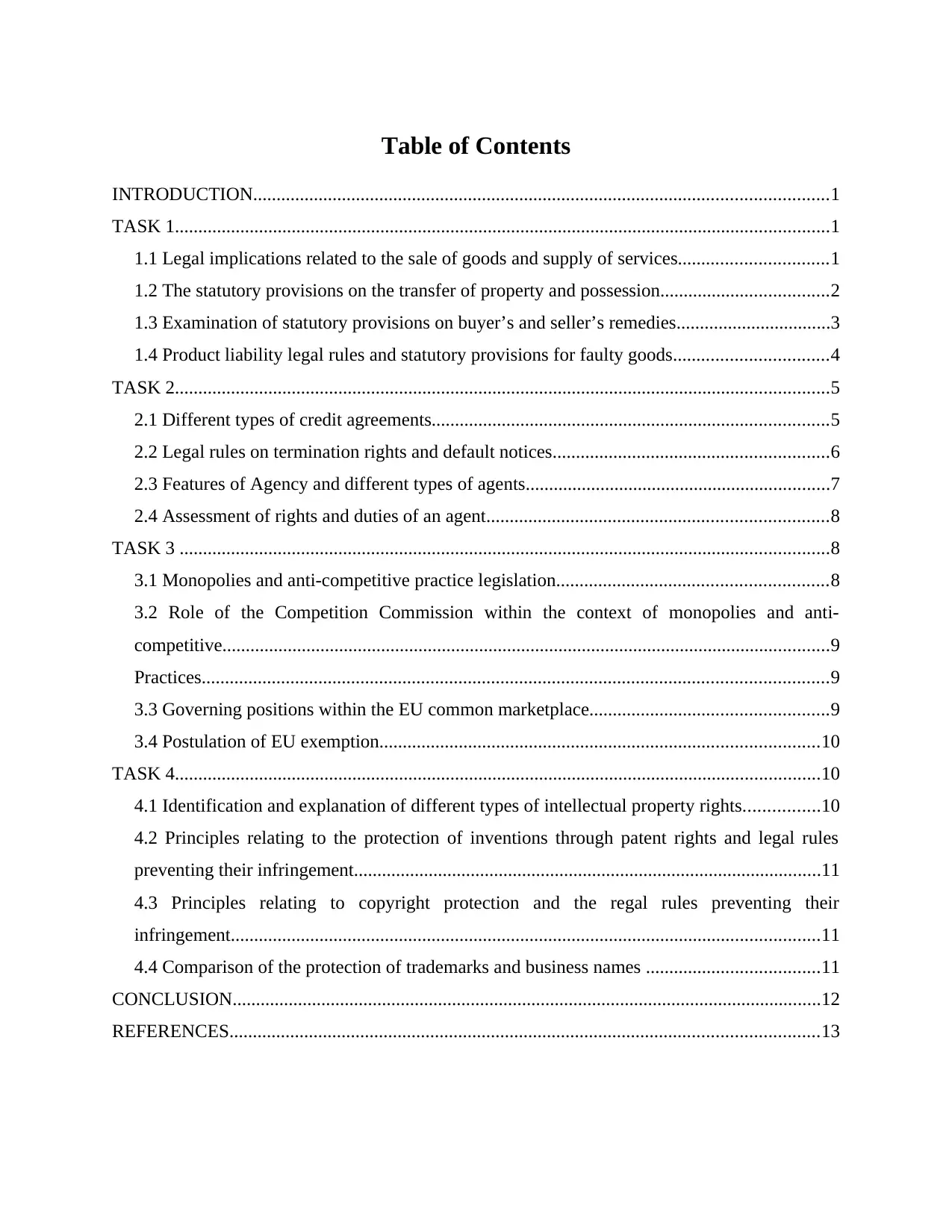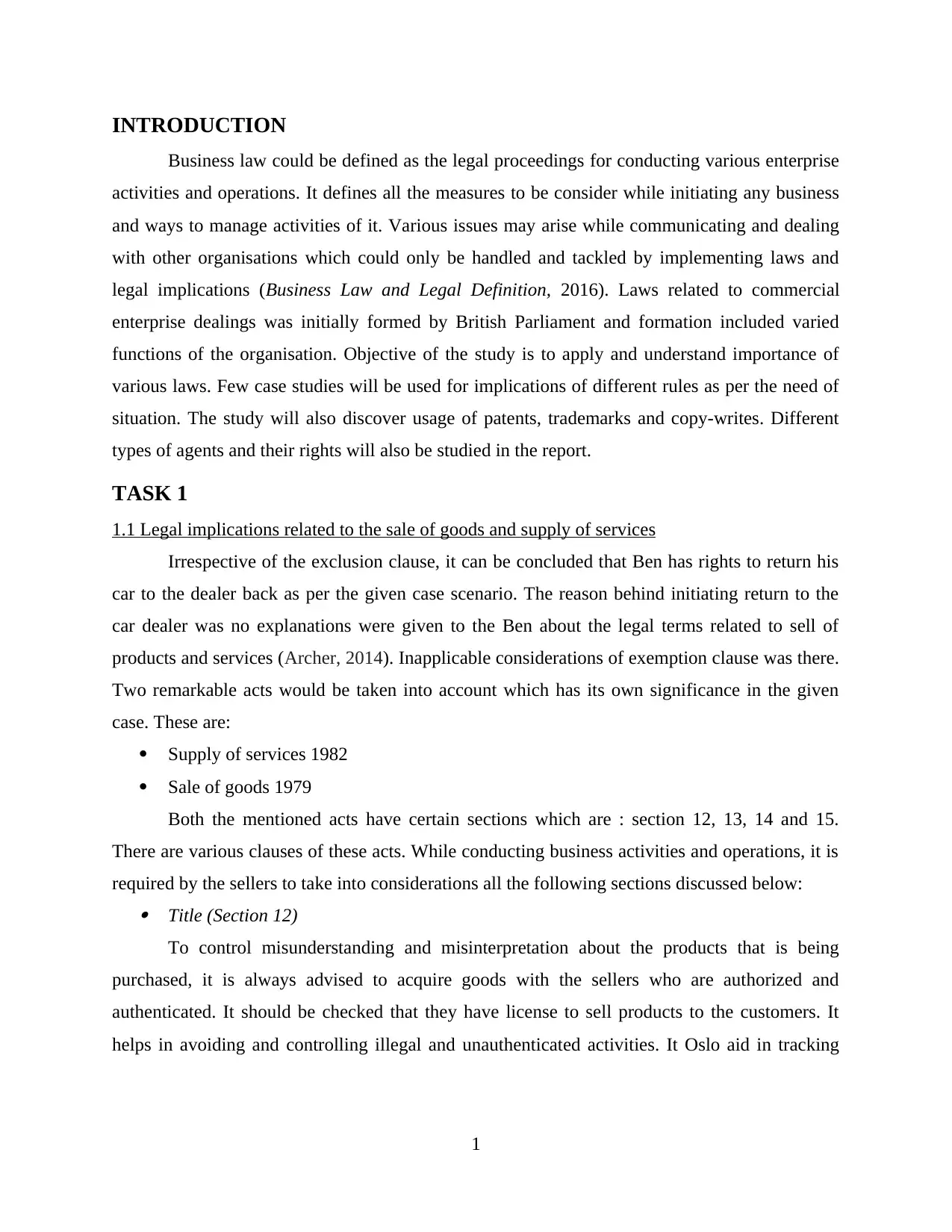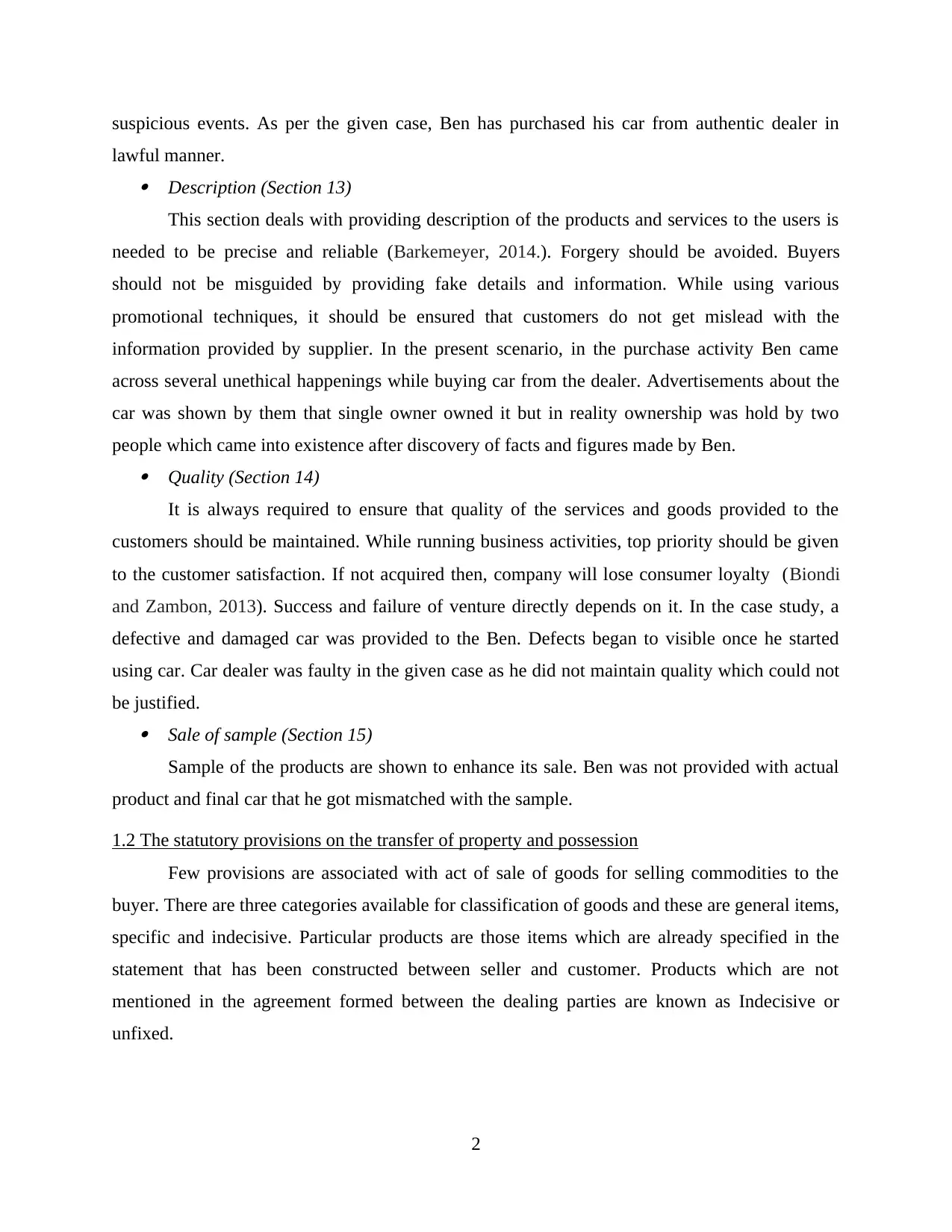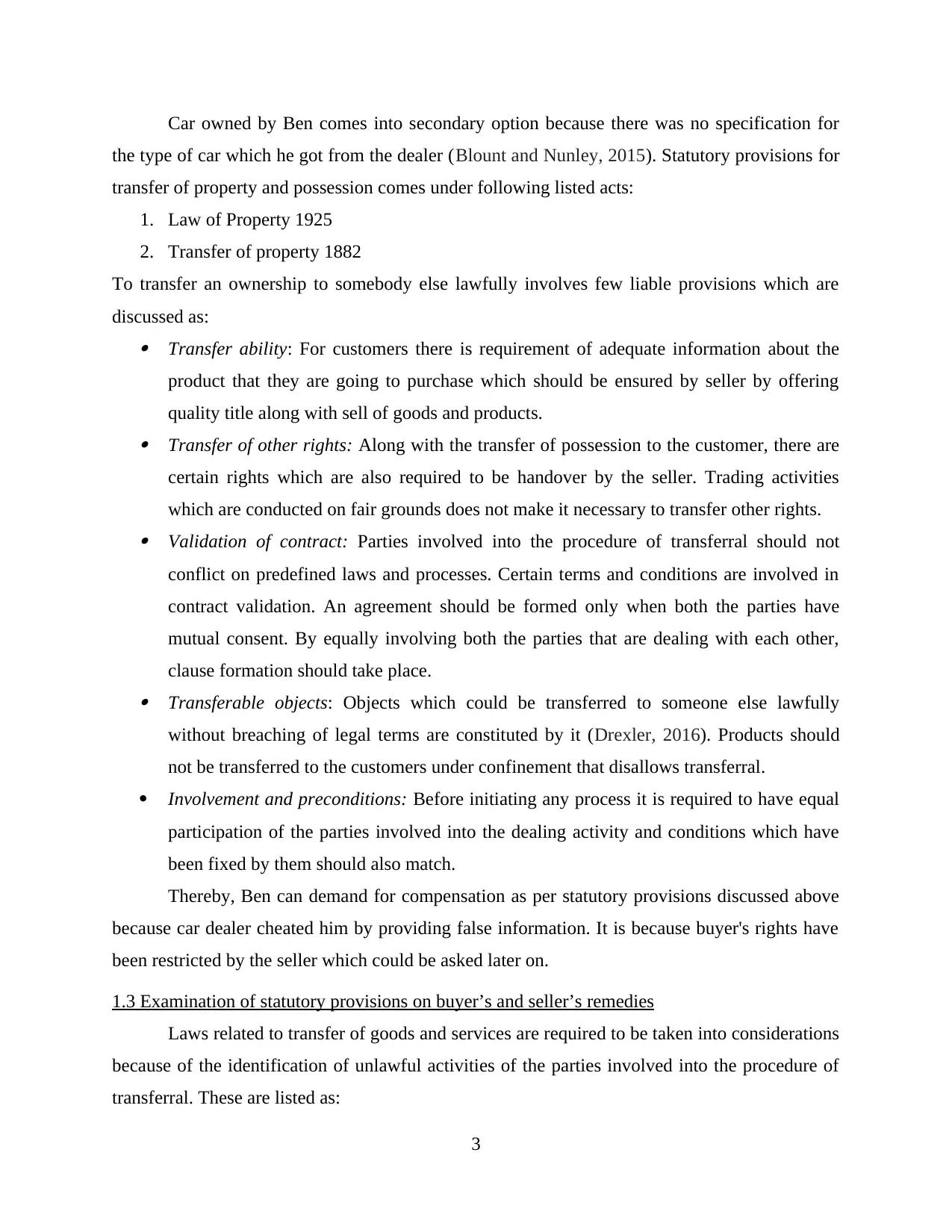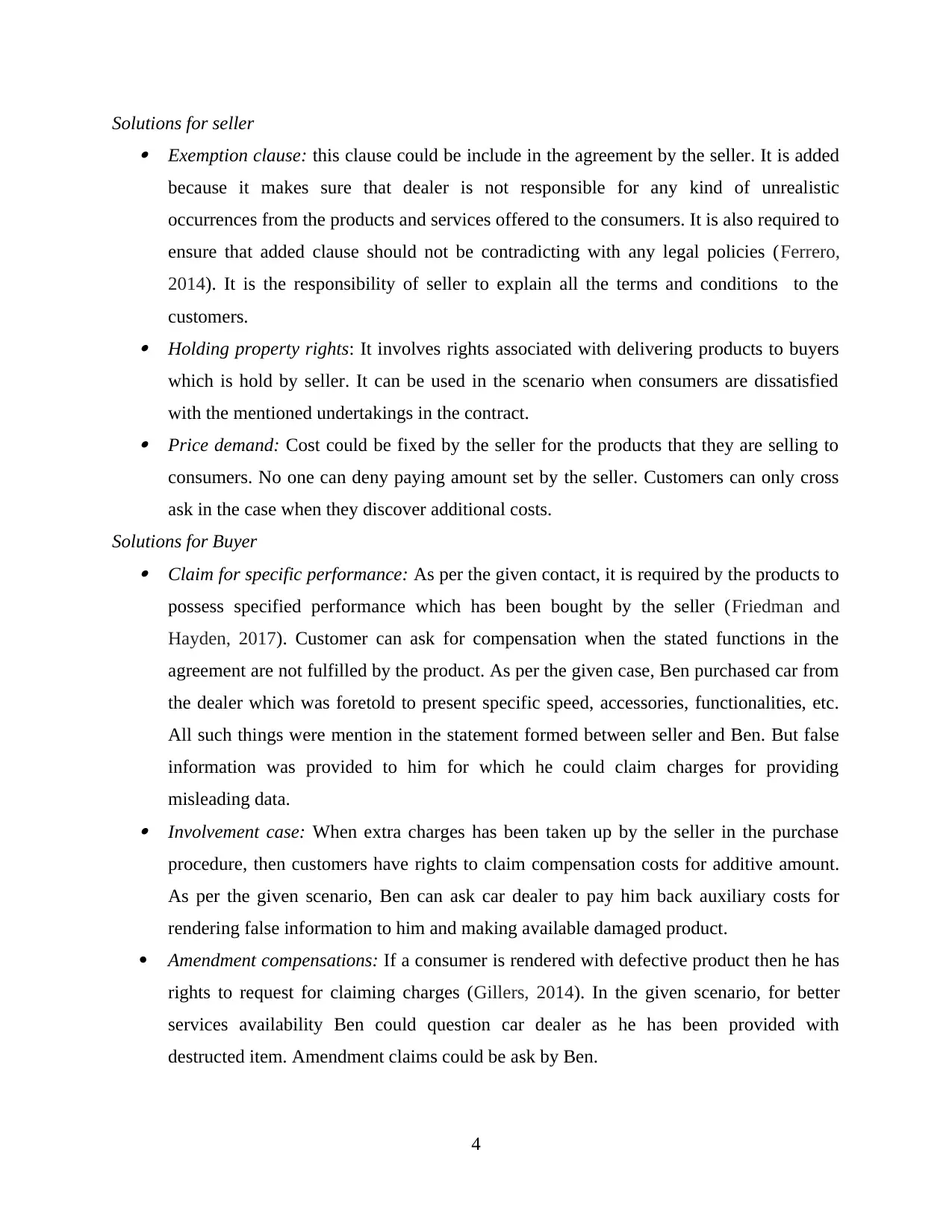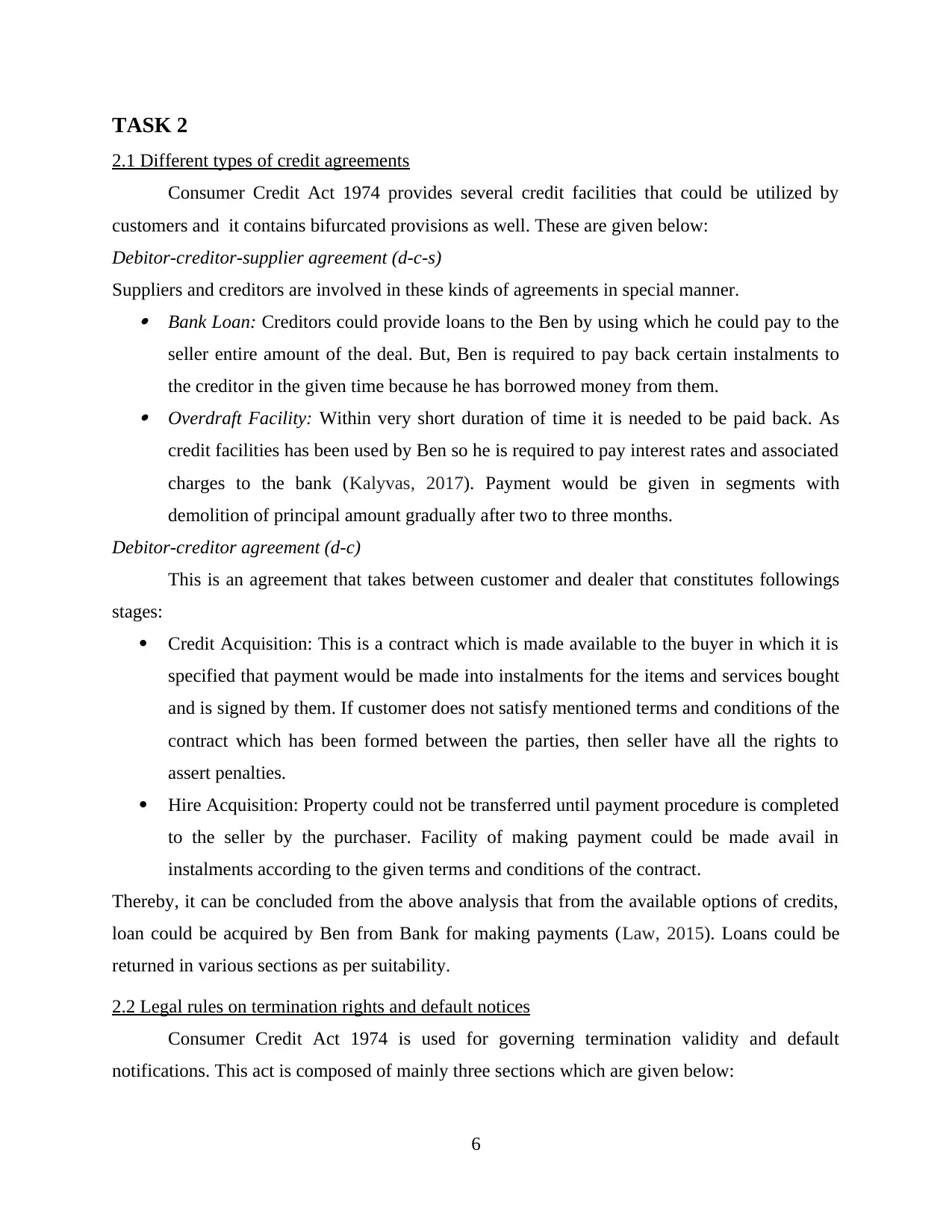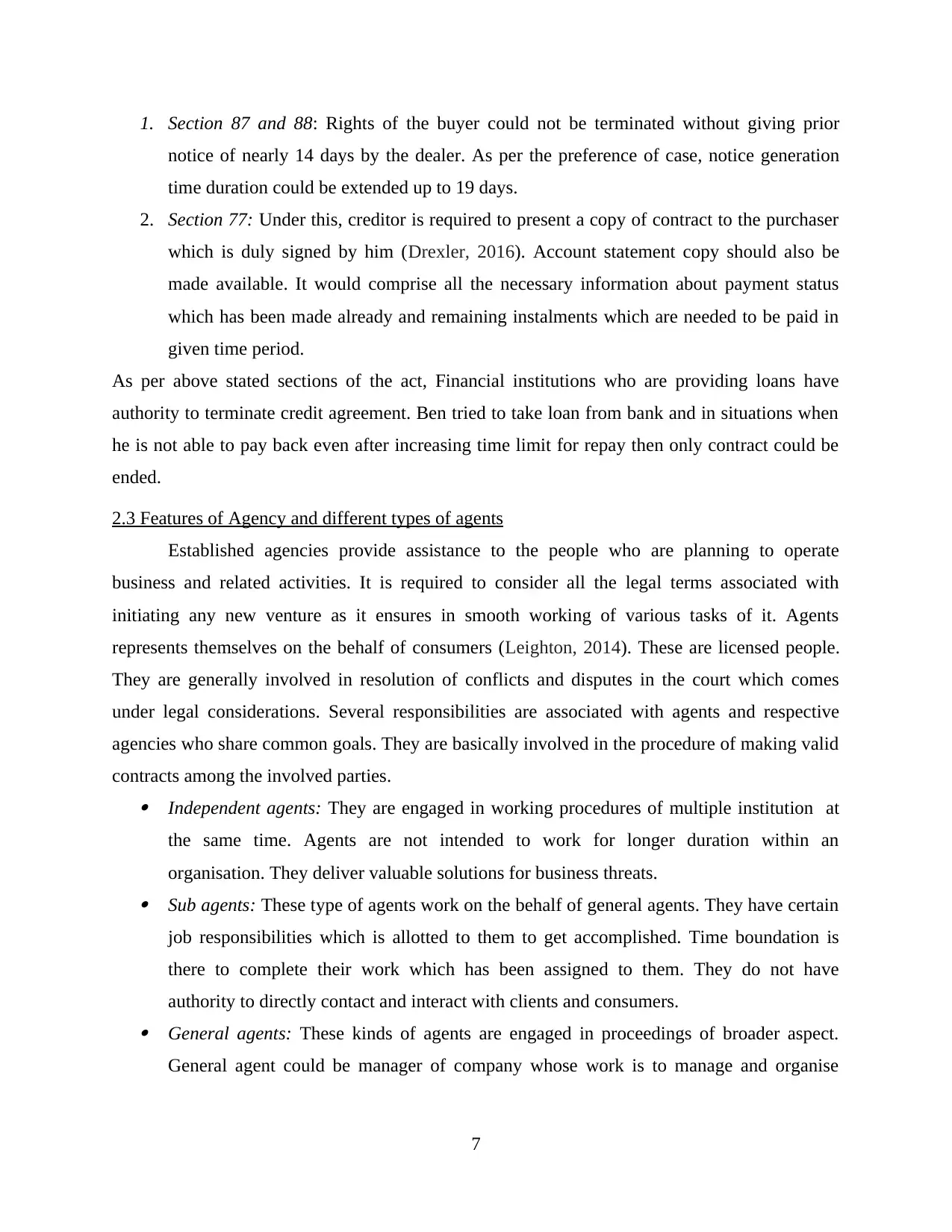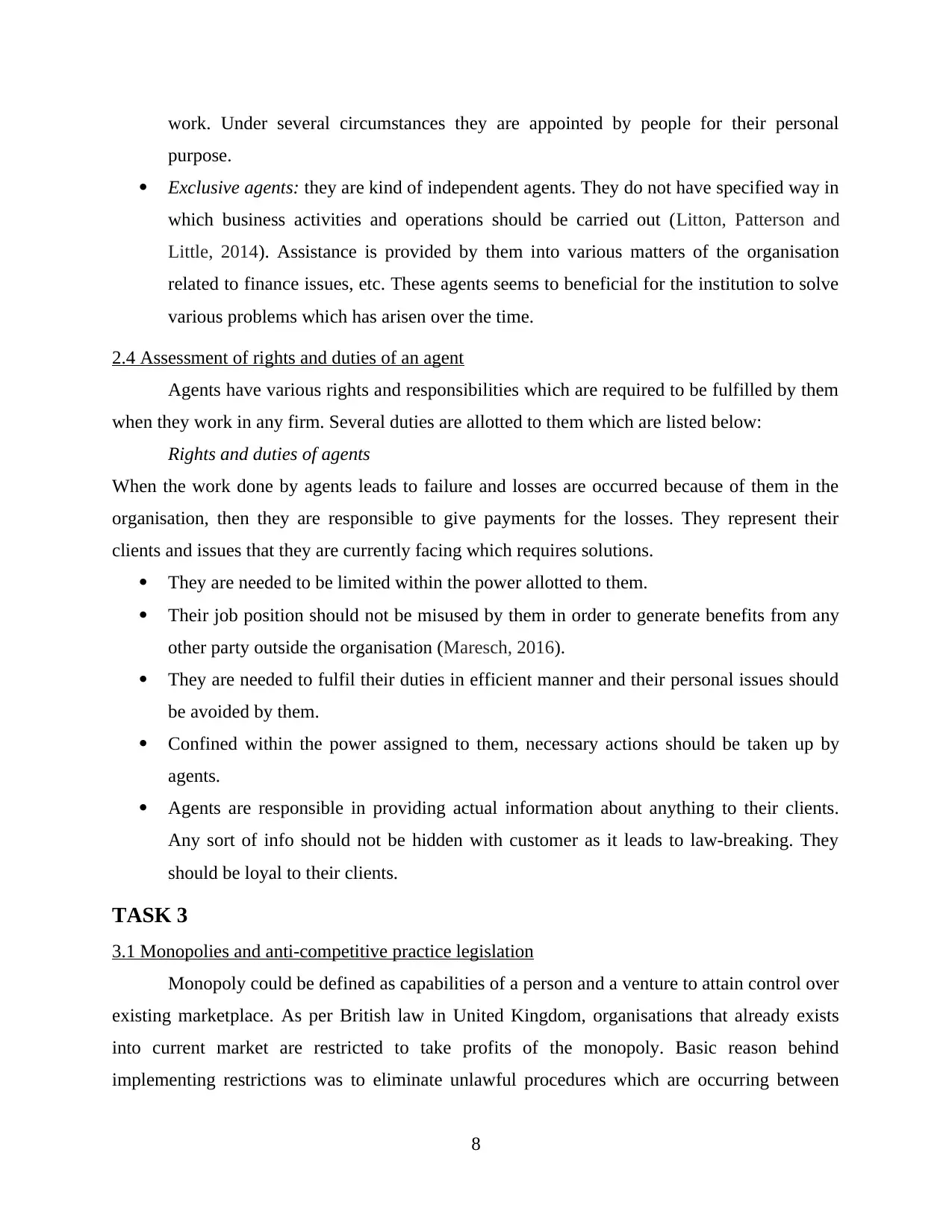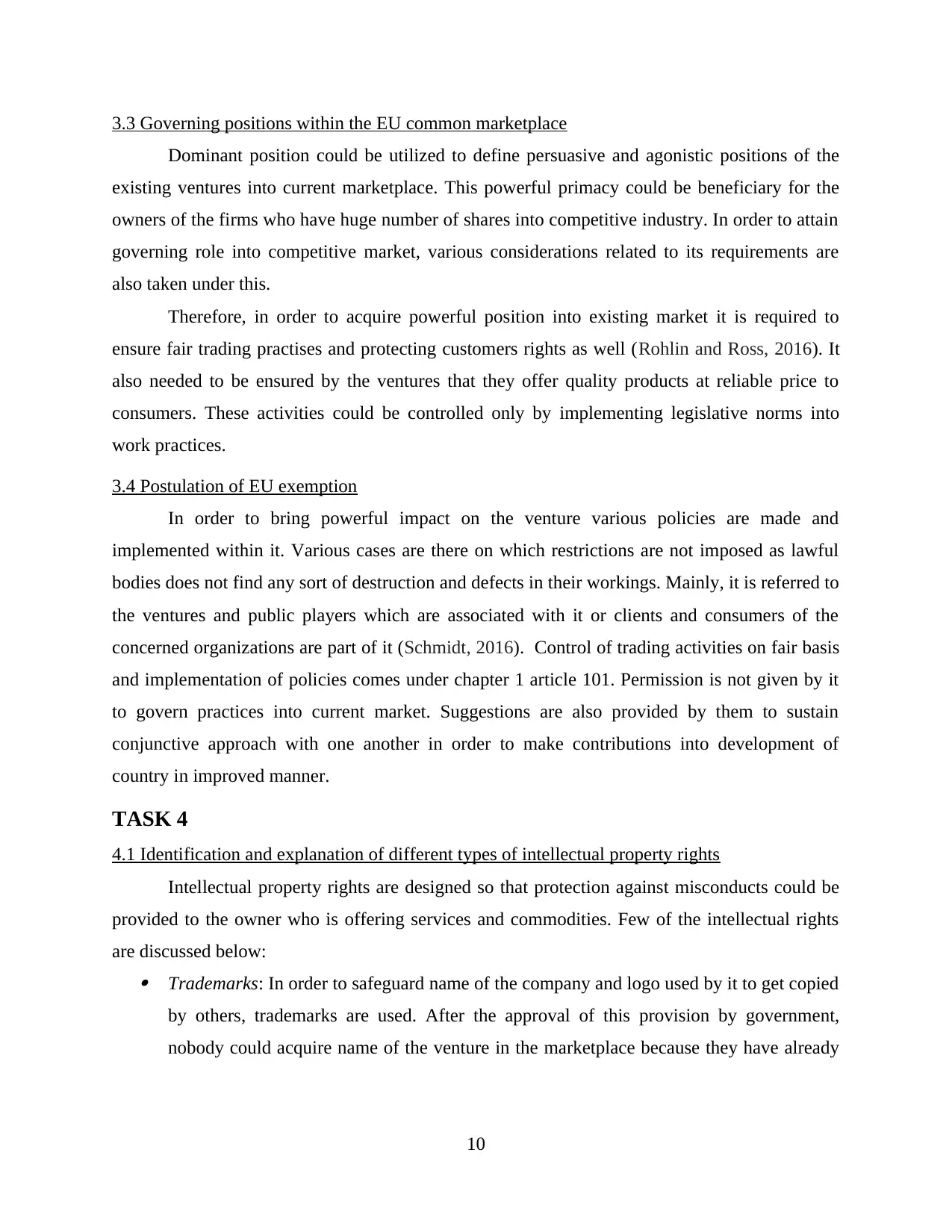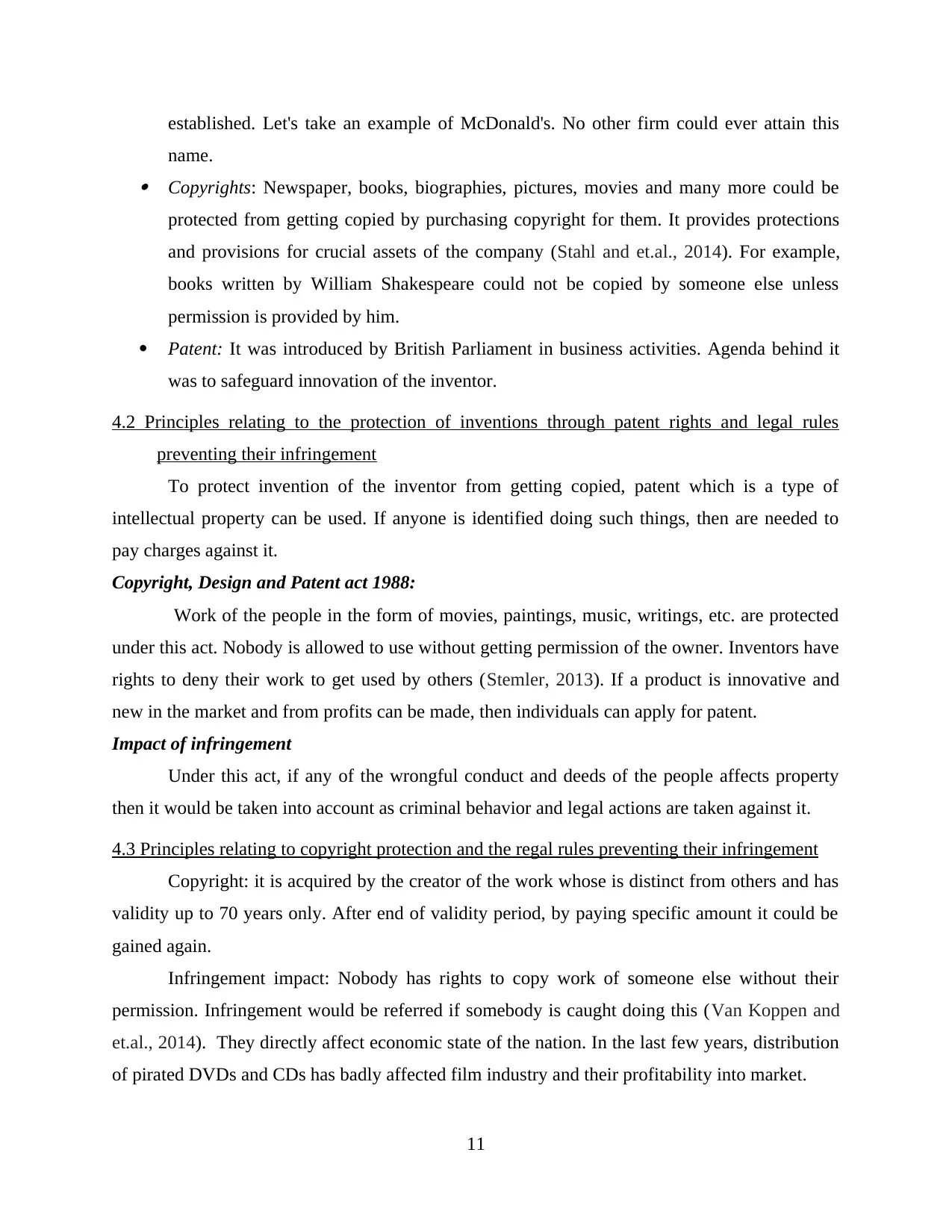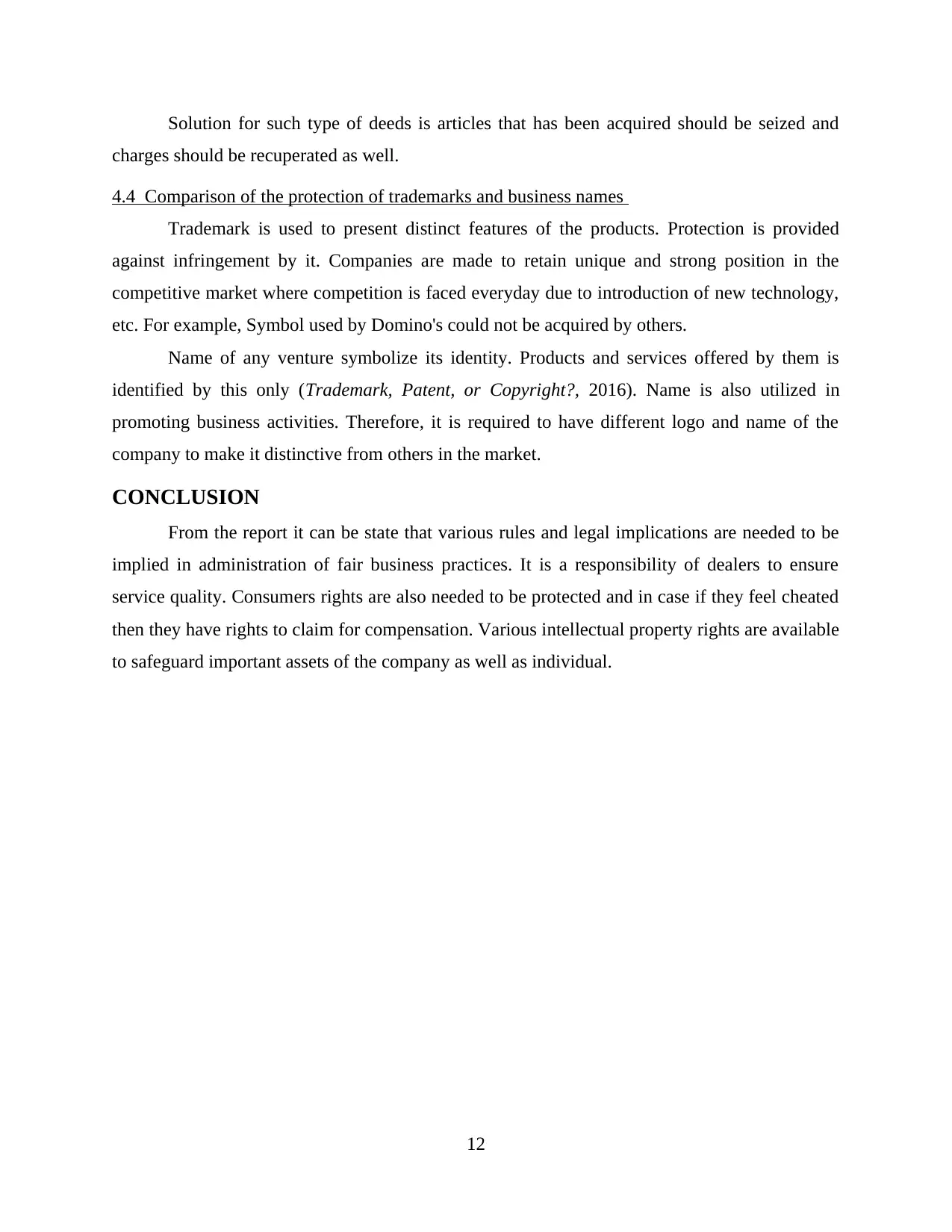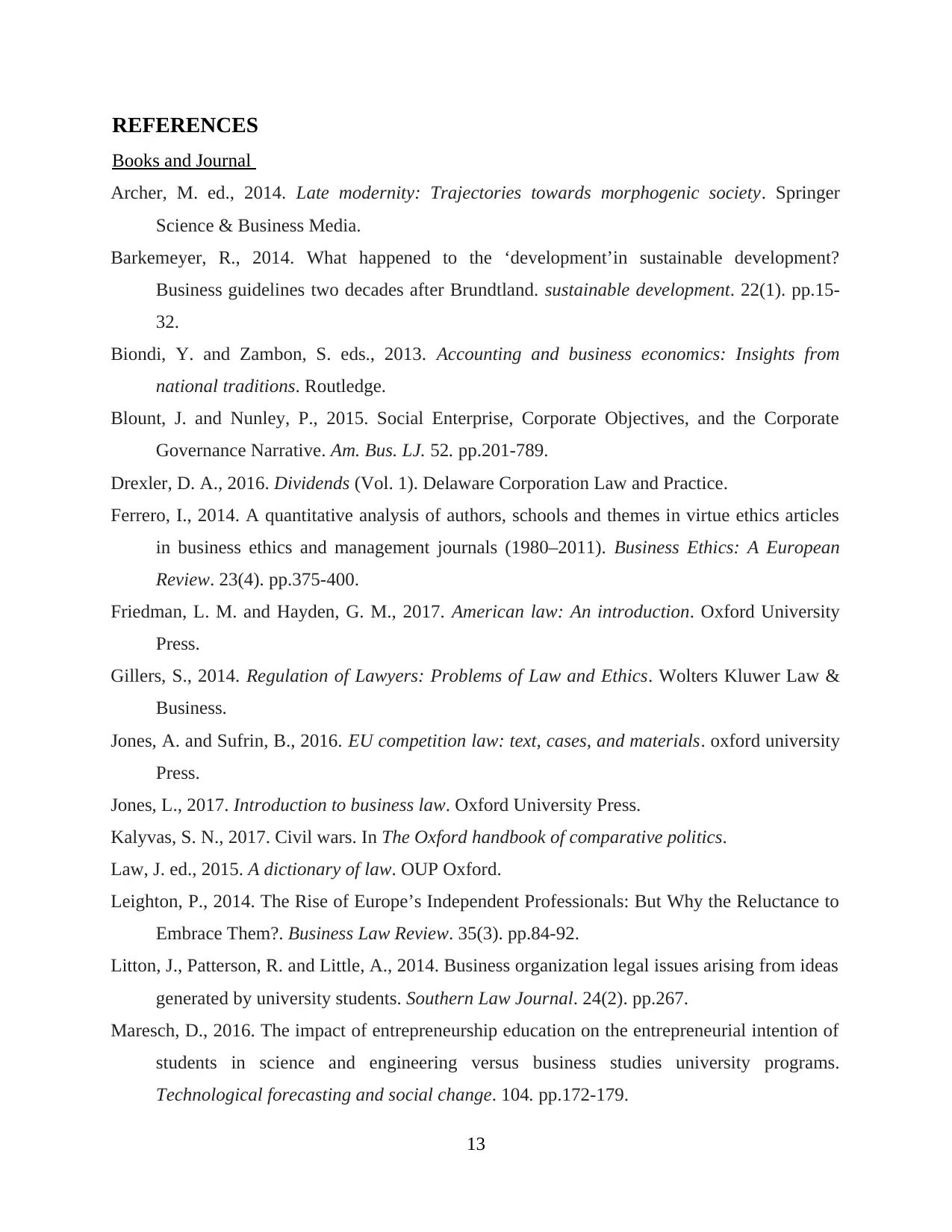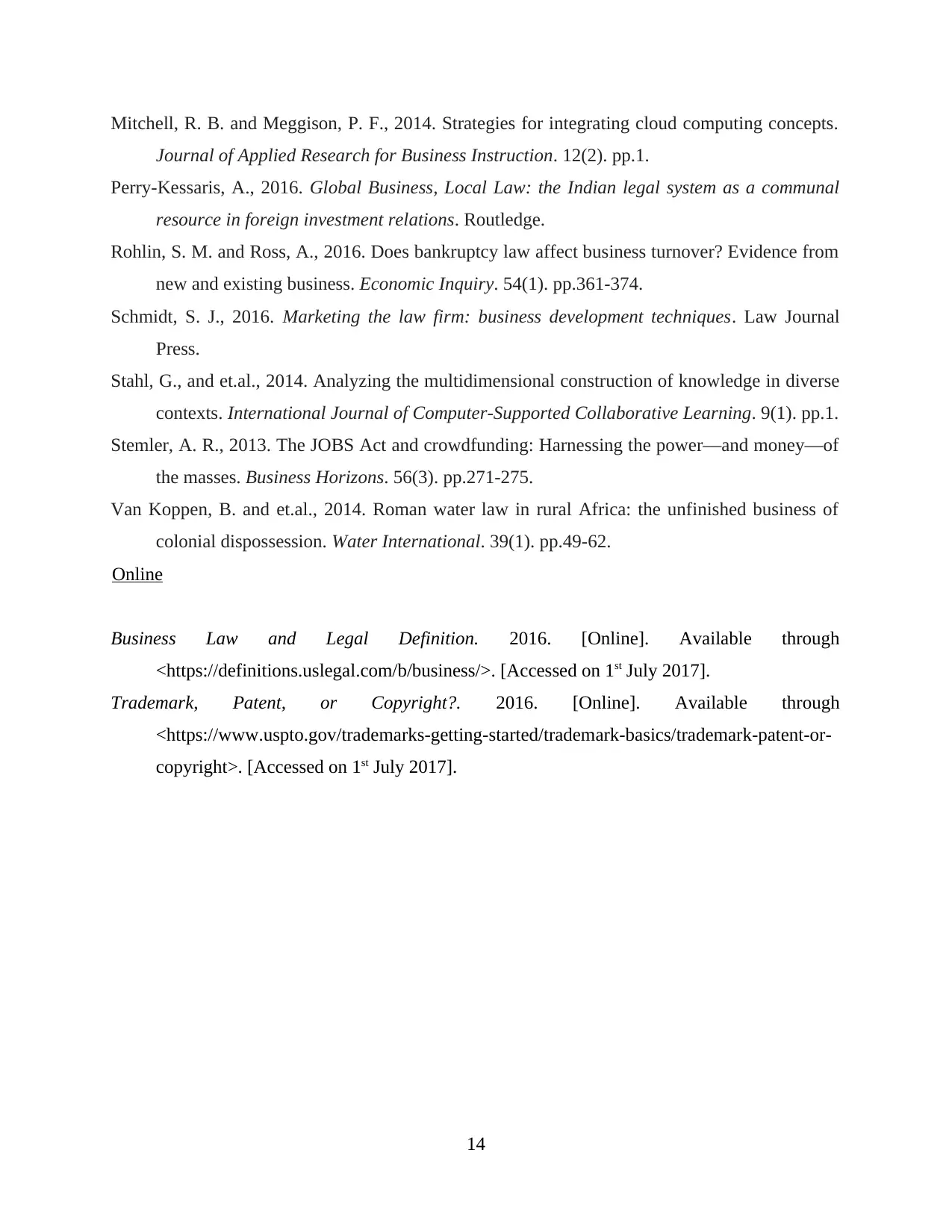This assignment requires a thorough analysis of European Union (EU) competition law, focusing on key texts ('EU Competition Law: Texts, Cases, and Materials' by L. Jones), cases, and relevant materials. Students should critically evaluate the concepts discussed in the provided resources, including the impact of entrepreneurship education on entrepreneurial intentions among science, engineering, and business studies students (Maresch, 2016). Additionally, students are to explore the influence of bankruptcy law on business turnover (Rohlin & Ross, 2016) and discuss how independent professionals rise in Europe's legal landscape (Leighton, 2014). The assignment encourages a comprehensive understanding of EU competition law and its practical implications for businesses.
![[object Object]](/_next/static/media/star-bottom.7253800d.svg)
![[object Object]](/_next/static/media/star-bottom.7253800d.svg)

